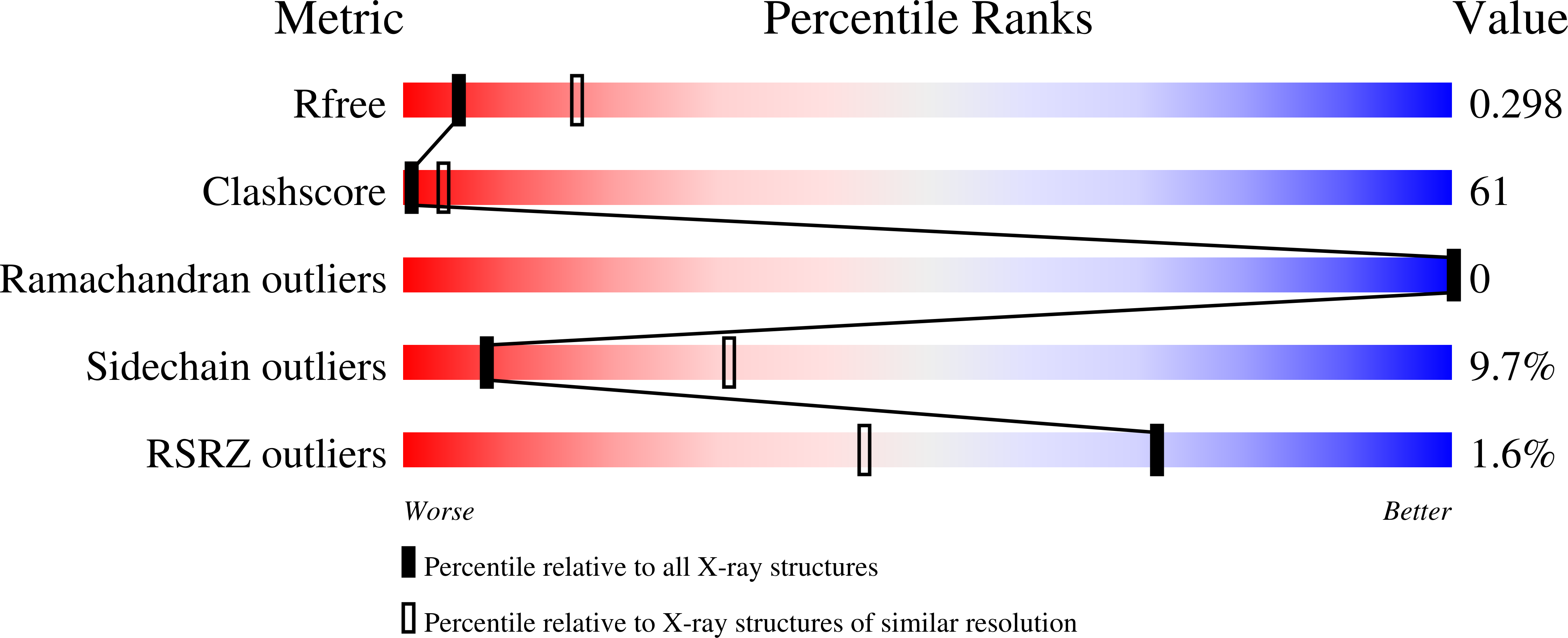
Deposition Date
2009-02-06
Release Date
2009-07-28
Last Version Date
2024-02-21
Entry Detail
PDB ID:
3G6B
Keywords:
Title:
Crystal structure of a Soluble Chemoreceptor from Thermotoga maritima Asn217Ile mutant
Biological Source:
Source Organism:
Thermotoga maritima (Taxon ID: 2336)
Host Organism:
Method Details:
Experimental Method:
Resolution:
3.00 Å
R-Value Free:
0.30
R-Value Work:
0.25
Space Group:
P 1 21 1


